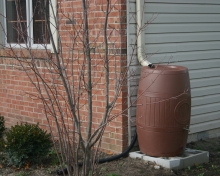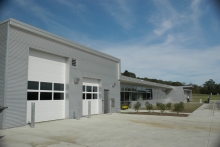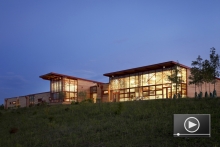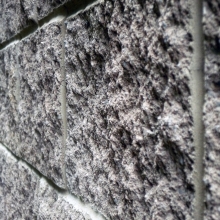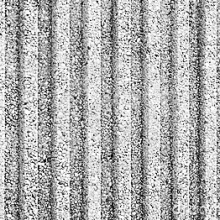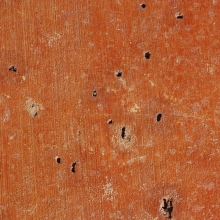Prefaced (glazed) concrete unit masonry uses blocks manufactured by bonding a permanent colored facing (typically composed of polyester resins, silica sand and various other chemicals) to a concrete masonry unit, providing a smooth impervious surface. The glazed facings must comply with ASTM C 744, Standard Specification for Prefaced Concrete and Calcium Silicate Masonry Units, which contains minimum requirements for facing quality and dimensional tolerances. In addition, the unit to which the facing is applied must comply with ASTM C 90 when used in loadbearing applications. The glazed surface is waterproof, resistant to staining and graffiti, and highly impact resistant, as well as being resistant to many chemicals and bacteria. Special admixtures and mortars are available for use with glazed units that provide better stain, bacteria, and water penetration resistance. Glazed units are available in a variety of vibrant colors: pastels, earth tones, and even faux granite and marble patterns. They are often used for brightly-colored accent bands, or in gymnasiums, rest rooms, and indoor swimming pools where the stain and moisture resistant finish reduces maintenance. Kitchens and laboratories also benefit from the chemical and bacteria-resistant surface.

